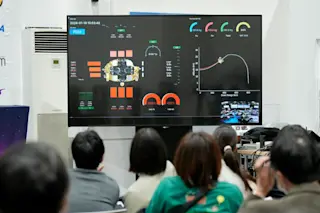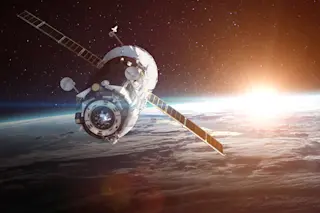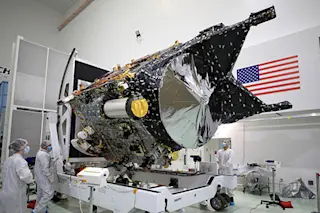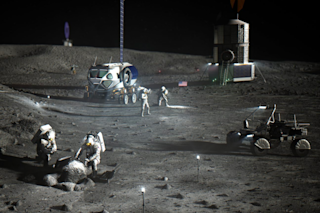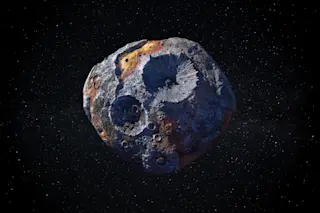Japan landed its Smart Lander for Investigating the Moon, or SLIM, craft on the surface of the Moon on Jan. 20, 2024. Despite a power issue with the lander, the event holds both political and technical importance. It’s Japan’s first lunar landing – making it only the fifth country in the world to successfully land on the Moon. This is a significant achievement and solidifies Japan’s position as a leader in space technology.
While the craft landed successfully on the lunar surface and deployed its rovers, SLIM’s solar cells were not functioning properly – meaning that the craft could likely only operate for a few hours.
I’m a scholar of international affairs who studies space. Like NASA and other space agencies, the Japan Aerospace Exploration Agency, or JAXA, wants to advance research and technology by demonstrating new techniques and collecting scientific data. The landing is also a part of something ...


